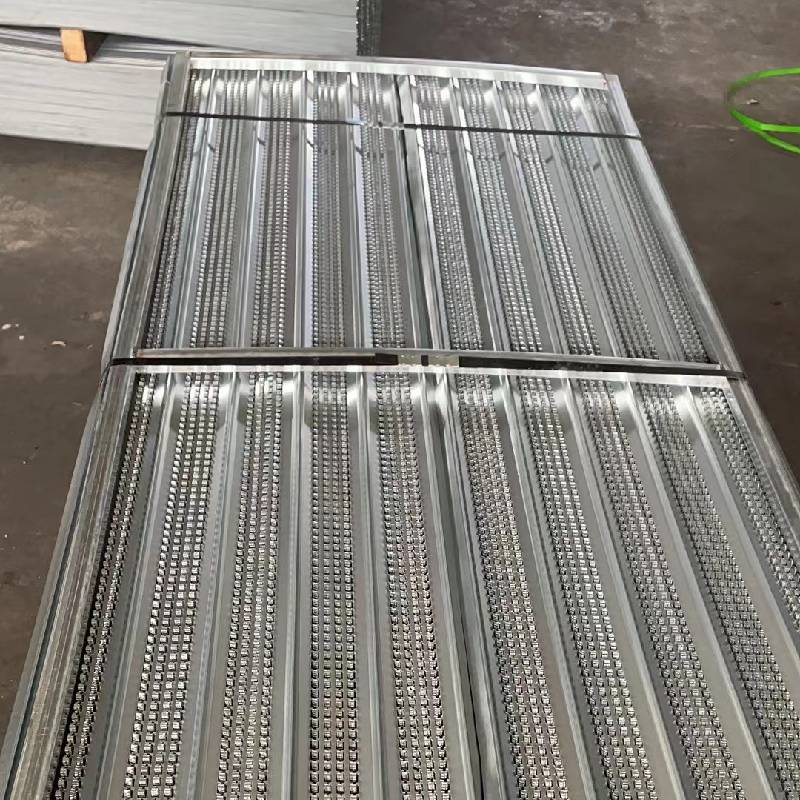
- Mobile Phone
- +8613931874955
- sales@cntcmetal.com
Reinforced Concrete Wall with Durable Wire Mesh Construction Techniques
Understanding the Importance of Concrete Wall Wire Mesh
In modern construction, the integrity and durability of structures are paramount. One often-overlooked component that plays a crucial role in enhancing the strength of concrete walls is wire mesh. This article delves into the significance of concrete wall wire mesh, exploring its properties, benefits, and applications in various construction projects.
What is Wire Mesh?
Wire mesh is a grid-like structure made from thin steel wires welded together at intersections, creating a framework that reinforces concrete. The wires can vary in diameter and spacing, tailoring the product to specific construction needs. Generally fabricated in rolls or sheets, wire mesh can be easily transported and installed within concrete forms before pouring.
The Role of Wire Mesh in Concrete Walls
Concrete itself is a robust material, but it is inherently weak in tension. When subjected to tensile forces, concrete can crack and crumble, leading to structural failures. This vulnerability necessitates the incorporation of materials that can absorb and redistribute tensile forces. Wire mesh is primarily used for this purpose, improving the tensile strength of concrete walls.
When embedded within concrete, wire mesh supports weight and enhances the overall structural stability. It helps to control cracking by distributing stress evenly across the surface, thus maintaining the aesthetic quality of the walls while prolonging their lifespan.
Benefits of Concrete Wall Wire Mesh
1. Enhanced Structural Integrity The primary benefit of using wire mesh in concrete walls is the significant enhancement of structural integrity. The mesh acts as a reinforcement skeleton that helps to prevent cracks and implements better load management.
2. Cost-Effective Solution Incorporating wire mesh into concrete walls is a cost-effective solution for improving durability. It is relatively inexpensive compared to other reinforcement materials, and its ability to extend the lifespan of structures minimizes long-term maintenance costs.
3. Improved Fire Resistance Concrete is already known for its fire resistance, but when paired with wire mesh, the overall fire rating of walls can be further improved. The steel mesh can withstand high temperatures and maintain structural cohesion for longer periods during a fire.
concrete wall wire mesh

4. Flexibility in Design Wire mesh comes in various sizes and shapes, offering architects and builders flexibility in design. It can be custom-fitted to meet the unique specifications of a project, accommodating complex shapes and sizes in modern architectural designs.
5. Environmentally Friendly Steel wire mesh is recyclable, making it a sustainable choice in construction. By using materials that can be repurposed at the end of their life cycle, the construction industry can reduce waste and promote a greener future.
Common Applications of Wire Mesh in Concrete Walls
Wire mesh is utilized in a wide array of construction projects, from residential to commercial and industrial. Some common applications include
- Basements Waterproofing and reinforcing basement walls to withstand hydrostatic pressure during heavy rains or floods.
- Retaining Walls Used to stabilize and reinforce retaining walls that hold back soil and prevent erosion.
- Precast Concrete Panels Wire mesh is essential in the manufacturing of precast concrete panels, providing the necessary strength to support various architectural designs.
- Industrial Facilities In large-scale warehouses and manufacturing plants, wire mesh strengthens concrete floors and walls to support heavy loads and continuous use.
Conclusion
Concrete wall wire mesh is a vital component in modern construction, contributing to enhanced durability, improved structural integrity, and cost-effectiveness. As the industry evolves and embraces innovation, the importance of wire mesh cannot be understated. Its contributions to structural stability and design flexibility make it an essential tool for builders and architects alike. Through the strategic use of concrete wall wire mesh, we can ensure that our structures are not only strong and resilient but also sustainable for future generations.
share:
-
Why Sacrificial Formwork Is Redefining Underground ConstructionNewsJun.06,2025
-
The Structural Dynamics of Modern Concrete: How Snake Spacers Revolutionize Flexible ReinforcementNewsJun.06,2025
-
Snake Spacers Smart-Lock Concrete Reinforcement with Surgical PrecisionNewsJun.06,2025
-
Snake Spacers: Reinforcement Precision for Modern Concrete ProjectsNewsJun.06,2025
-
Snake Spacers Powering Concrete's Structural DNANewsJun.06,2025
-
Slither into Success: Snake Spacers' Precision Bite for Unbreakable ReinforcementNewsJun.06,2025
-
Sacrificial Formwork: Building Stronger, Faster, and Safer StructuresNewsJun.06,2025



















